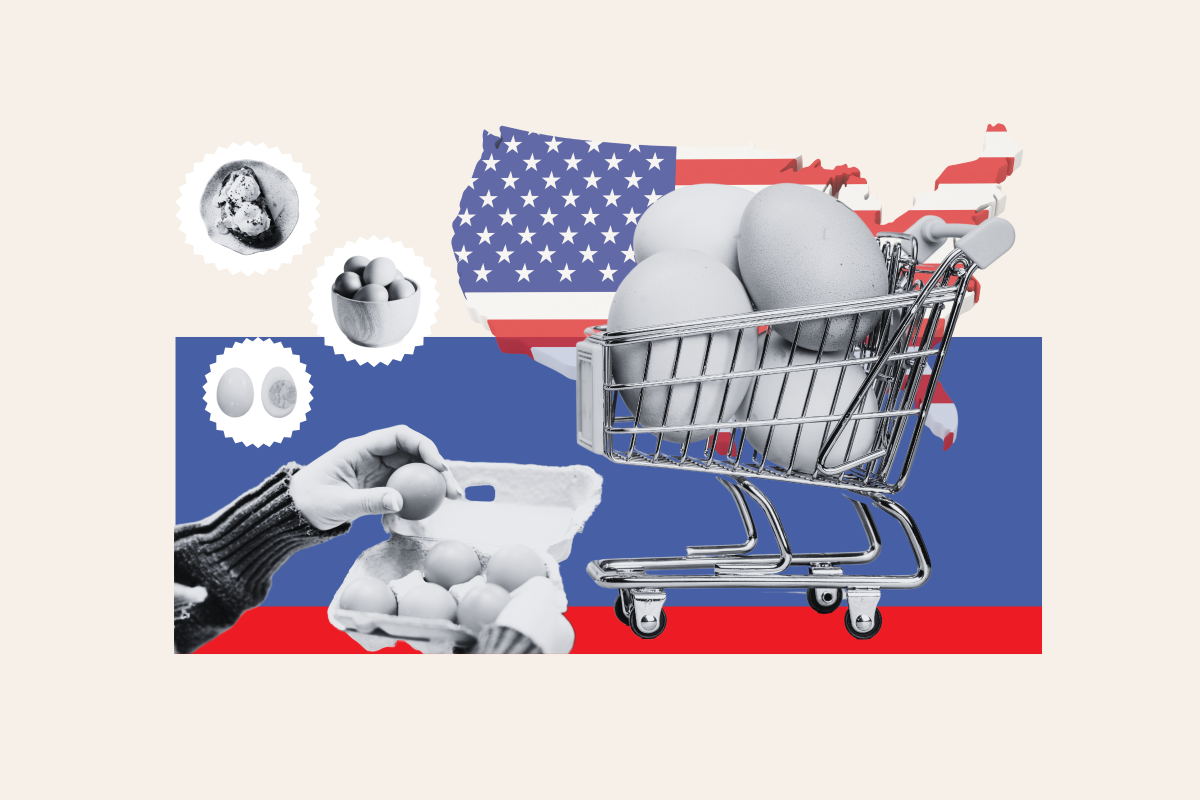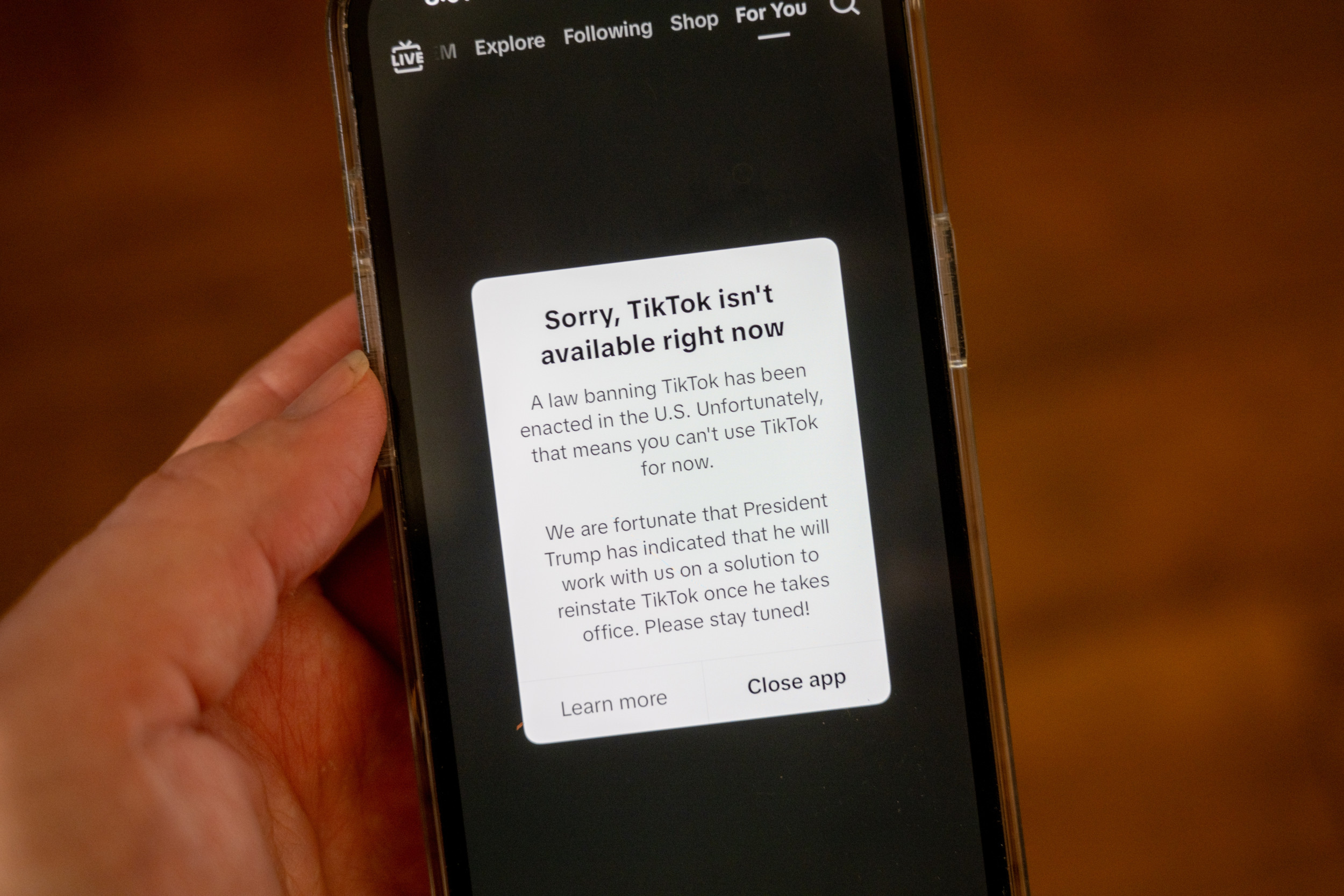An outbreak of avian flu has drastically impact egg production across the United States, with empty shelves reported in numerous stores along with price increases for the everyday cooking staple.
Why It Matters
The spread of the highly contagious avian influenza has severely impacted the egg production industry. In the last quarter of 2024, some 20 million egg-laying hens died due to the virus, the U.S. Department of Agriculture (USDA) has reported.
The outbreak is being felt in homes, grocery stores, and farms across the country—and also demonstrates how vulnerable the U.S. food supply chain can be.
What To Know
As the laws of supply and demand dictate, a lack of egg-laying hens naturally means fewer eggs, which in turn creates shortages and pushes up prices. At the end of December, the average price for a dozen eggs reached $4.33, reflecting an increase of nearly 25 percent since early November, according to Nielsen IQ data from the American Egg Board.
"Tight supply and high demand are directly causing the spike in wholesale prices we've seen recently, as well as intermittent shortages of eggs at some retail locations," Emily Metz, president and CEO of the American Egg Board, told Newsweek. "Although each retailer decides how much they're going to sell eggs for in the store, higher wholesale prices usually impact retail prices."
This surge adds to an already significant cost rise throughout the year, with egg prices climbing 37.5 percent in the Consumer Price Index year-over-year in November.

Higher Prices
With hen supply down, the price of commodity eggs will continue to stay at elevated levels, Tom Flocco, CEO at humane egg supplier Pete & Gerry's, told Newsweek.
"Commodity egg volume is likely to continue to decline four to five percent per year going forward and could level out at around 50 percent of the volume, down from 80 percent not too long ago," he said, although "pasture-raised and free-range eggs are about the same price they were last year."
However, the problem spreads further than the sale of just eggs.
Manufacturers who use eggs in their products are also impacted by the shortage and subsequently higher prices, Stephen Dombroski, director of consumer markets at supply chain solutions company QAD, told Newsweek.
"The egg shortage is impacting far more than just the retail egg market. Manufacturers, restaurants, ingredient producers and companies that manufacture products that use, feature or contain eggs will be feeling the squeeze," he said. "This issue can also expose some already big cracks in the fragile food supply chain."
Supply Chain Vulnerability
Jeff Sebo, author and associate professor of environmental studies at New York University, told Newsweek that the bird flu crisis "reveals a vulnerability at the heart of industrial animal agriculture."
"When we produce our food by keeping large populations of animals with weakened immune systems in cramped, toxic environments, we create the ideal conditions for zoonotic diseases like bird flu to develop and spread," he said.
Meanwhile, Dombroski added that the "fact that a virus can hit poultry farms so hard shows just how fragile our food system is" and that "a single disease can throw everything off balance."
Dombroski said the current crisis "highlights the need for better biosecurity and risk management" across the entire food industry.
"This is not just for the egg industry but any sector that uses live animals or products from these animals. Milk from cows and other areas should be included in this as well," he said.
Dombroski suggested "farms and livestock growers need to step up their game" by implementing "improved tracking systems for livestock, strict cleanliness protocols, and quick response plans to manage outbreaks," as well as robust contingency plans that include "a network of backup suppliers or storage solutions" which "can help industries weather biological risks without going into full crisis mode."
When Will the Crisis End?
The future of egg prices is, for now, uncertain. The USDA has adjusted its production forecasts downward for 2025, meaning recouping supply losses could take longer than anticipated. While some experts are hopeful prices will stabilize once laying flocks are replenished, there is no concrete timeline for how long this will take.
"We can't begin fixing it the next day. It is really a six-to-nine-month process. It's causing some shortages in certain markets that are intermittent and localized," Metz told Newsweek.
While the risk of the disease for humans is low, the U.S. Centers for Disease Control and Prevention (CDC) has said it "is watching the situation carefully and working with states to monitor people with animal exposures."




















 English (US) ·
English (US) ·